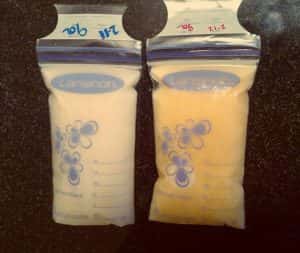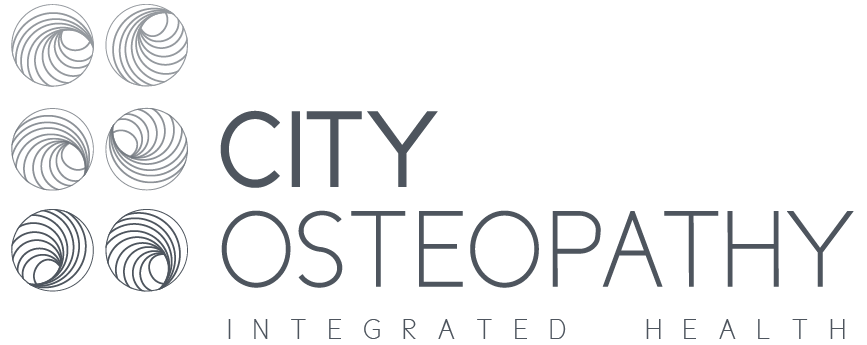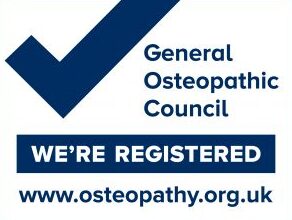
If you think that breast feeding your baby is good for you and your baby, you are not wrong. You bond with your baby; feeding helps you lose weight and gives protection to the baby from many diseases like allergies, gastrointestinal complaints; it also contributes to better neurological development. Feeding your baby is helpful to you, too. Mothers who breast feed are at lowered risk of suffering from various cancers, osteoporosis, hip fractures, arthritis, diabetes and post-natal depression.
How breast milk changes colour…
For the newborn, the mother’s milk or colostrum is thinner but packed with leukocytes that confer immunity to the newborn against many illnesses. This has been proven by research. What is startling is that mother’s milk may actually change in response to the physical needs of the baby.
This was recently documented by Mallory Smothers, a nurse and young mother, on her Facebook post accompanied by a photo of two packets of breast milk that had been pumped out by her a few hours apart. The first one, that she pumped out before retiring for the night is white in color. However, in the middle of the night when she was nursing, she felt that the baby was fussing and congested, perhaps getting a cold. In the morning when she pumped out the milk was yellow in color and resembled colostrum. So in a few hours the milk had changed color. She remembered that she had read an article saying that the backwash of the baby plays an important role in changing the composition of the milk and figured that is what happened.

Why breast feeding changes the milk?
How would the mother’s body know that the baby requires a different milk, you may well wonder. Actually the act of nursing is such that a vacuum is created when the baby suckles. It is believed that the baby’s saliva then mixes with the milk and some of it may go back into the mom’s mammary glands as backwash. The mother’s body then reacts to this new need of the baby, producing milk with more germ fighting properties.
A study published in 2013 in Clinical and Translational Immunology authored by cell biologist Foteini Kakulus and others at the University of Western Australia actually found that when the nursing baby has any infection the leukocytes (white blood cell) count in the breast milk increases to provide greater immunity to the baby. The higher count of leukocytes also changes the color of the breast milk, giving it a yellowish tinge.
You want your baby to be healthy don’t you? As a new mother – or about to be one – you should do what is best for your baby and for you. Breast feeding your baby will not only provide him or her with all the nutrients needed, but will also confer many immunological benefits so your baby stays healthy.
Trouble with Breast Feeding?
If you are having trouble with breast milk supply or blocked milk ducts, osteopathy and massage therapy may be able to help in addition to conventional medical treatment. The milk gland, lymphatic and mammary ducts can sometimes be irritated by the muscles, connective tissues and rib cage surrounding the breast tissue glands. By working to improve these functional components to the breast we may help to complement the recovery of some of these conditions affecting breast tissue health and milk production.


